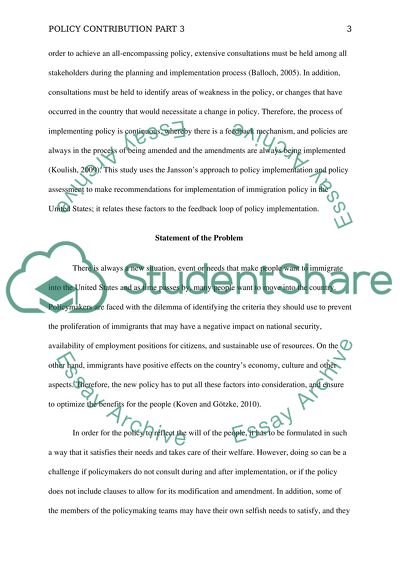Cite this document
(The Implementation Process of the Policy Term Paper, n.d.)
The Implementation Process of the Policy Term Paper. Retrieved from https://studentshare.org/politics/1594746-policy-contribution-part-3-final
The Implementation Process of the Policy Term Paper. Retrieved from https://studentshare.org/politics/1594746-policy-contribution-part-3-final
(The Implementation Process of the Policy Term Paper)
The Implementation Process of the Policy Term Paper. https://studentshare.org/politics/1594746-policy-contribution-part-3-final.
The Implementation Process of the Policy Term Paper. https://studentshare.org/politics/1594746-policy-contribution-part-3-final.
“The Implementation Process of the Policy Term Paper”, n.d. https://studentshare.org/politics/1594746-policy-contribution-part-3-final.


